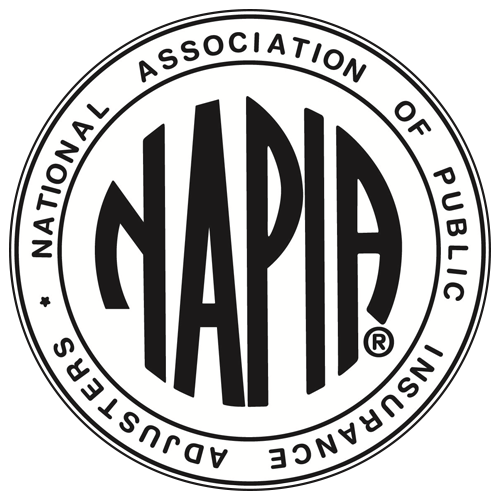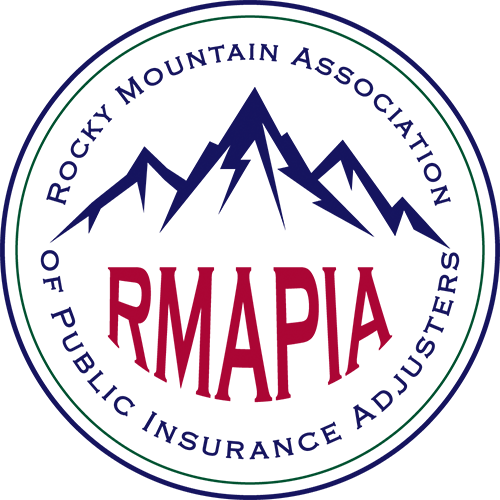
How a Mortgage Affects Your Insurance Claim
In the United States, over 60% of homeowners have at least one mortgage on their home. If you experience a claim loss where the structure of your home has taken damage, the mortgage company that holds your mortgage has a vested interest in the insurance proceeds. What this means is that whenever an insurance carrier issues a claim check for dwelling or structure repair, they are obligated to include your mortgage holder as a payee.
For most mortgage companies, there are two basic types of procedures, monitored or non-monitored claims.
Non-monitored Claim:
This is the simplest type of claim. If you have a smaller loss (usually less than $40,000) and your account is in good standing, this will likely be the procedure that will be used. In this case, what happens is that the check will be sent to the mortgage company without an endorsement, and they will do what is called “endorse and release”. In this instance, the mortgage company endorses the check and sends it back to you. Sometimes, the mortgage company will require a final inspection to make sure that repairs were made. Even if the mortgage company doesn’t require a final inspection, you are still obligated to do the repairs by your insurance company, as they will not allow you to claim any damages that were not repaired from a previous claim.
Monitored Claim:
If you have a larger claim (usually over $40,000) or sometimes if you have had payment history issues on a smaller claim, this is the type of claim you will be required to do. This type of claim can become complicated with the amount of documentation and additional work that is needed. In a monitored claim, the insurance check will need to be endorsed by the homeowner and sent to the mortgage company. The mortgage company will then place those funds into a restricted escrow account. This is not the same as your regular mortgage escrow, which is used to pay property taxes and insurance premiums. This restricted escrow is only used for insurance proceeds. In order for the funds to be released from the restricted escrow, the certain documentation will be required. These documents can include:
Contractor documents – Waiver of lien, Estimate, Contract or Bid, and W-9
Homeowner documents – Affidavit of intent to repair
Insurance company documents – Insurance Checks and Estimate
Miscellaneous documents – Third-party authorization form
Once the required documentation has been submitted and approved, which usually takes 2-3 business days, the mortgage company will release the first draw. This is commonly 1/3 of the amount in the restricted escrow or $40,000, whichever is lower. These funds will be released as a check with you and your contractor listed as payees. This will give the contractor funds to begin work. Any subsequent release of funds from the restricted escrow will require an inspection by the mortgage company. Typically, the first inspection will be at 50% completion. The mortgage company will have an inspector come out and inspect the progress of repairs. The inspector will then submit those results, and then for whatever percentage is determined to be complete, that percentage of the remaining funds in the restricted escrow will be released. So if the result comes back at 60%, then 60% would be released. Once the work is completed then a final inspection will be done and the remainder released.
There can be as many specific procedures for handling an insurance claim with a mortgage as there are mortgage companies. There are also other options like selling off the property or paying off the mortgage that can be done, depending on the size of your loan and financial situation.
Claim losses are complicated enough without having to deal with a mortgage company in addition to everything else. If you hire a public adjuster, like Brown-O’Haver, they can help you deal with the mortgage company in addition to all the other aspects of your claim. The third-party authorization form mentioned earlier would give them the authority to speak on your behalf regarding the repairs to your home. They can also take care of gathering all the documentation, coordinating the inspections with the contractor, and making the necessary sometimes lengthy phone calls to the mortgage company. Many people say that the help on the mortgage process relieves more stress than even the insurance claim itself.
Tags: independent adjuster, insurance adjusters, Insurance Cover, Public Adjuster, public insurance adjuster



